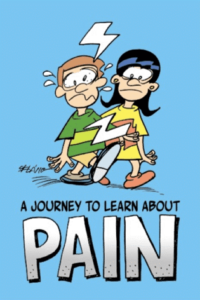
International researchers collaborated on the development of an educational resource in the format of a comic book. The comic book, “A Journey to Learn About Pain,” is designed to teach children about the main concepts of pain in an accessible and engaging way. The comic book is entirely free to use and available to download via IASP.
Follow the link for more information: https://www.iasp-pain.org/publications/relief-news/article/pain-education-children-book/
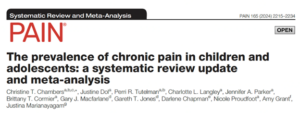
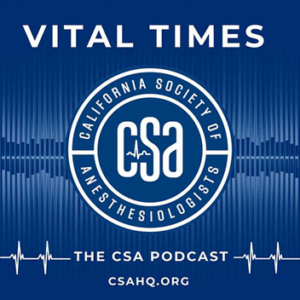
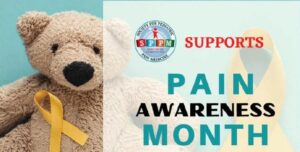
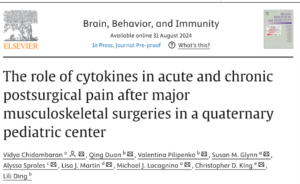
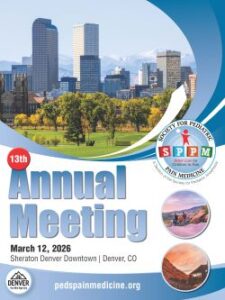 SPPM 13th Annual Meeting
SPPM 13th Annual Meeting